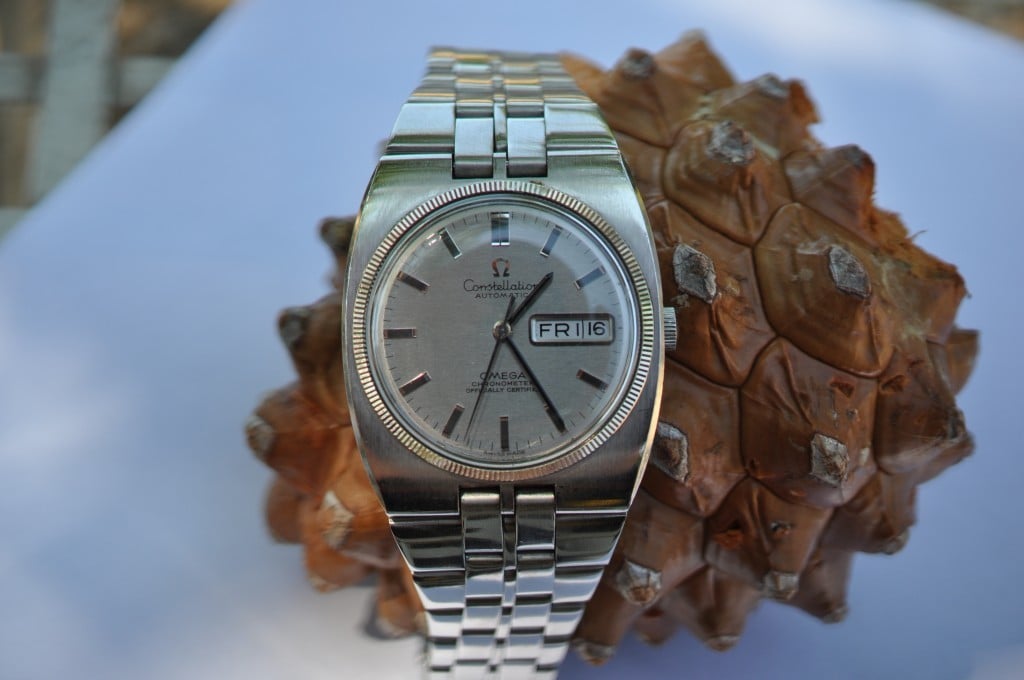fakinbacon
·I'm afraid that this shows the difference between standards met in artificial lab testing situations and real life usage. Where Omega have not been particularly smart is raising the expectations in their customer base that in real-life usage there is an absolute guarantee that their Master Chronometer timepieces will run within the lab test standards.
I'm pretty much sure the vast majority will, but it's the disappointed minority whose expectations have not been met that will generate a lot of media traffic (and it's their right to do so).
Very well put - thank you for the clarification. I definitely think they should be a little more clear that the 0/+5 is by no means a guarantee of real-life performance. I'm bummed to be a part of the disappointed minority whose watches actually do lose time, especially seeing posts from people who are consistently averaging +.5 to +2/seconds per day.
Here's to hoping that a the service center can give a quick regulation to speed it up just a touch. The watch has been otherwise phenomenal so if I can stop it from losing time then it'll be just perfect.
